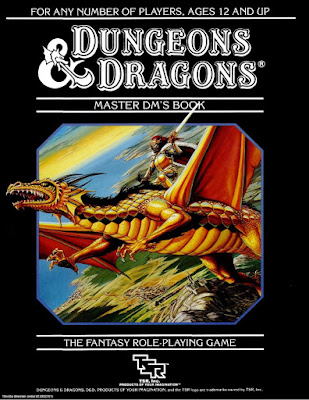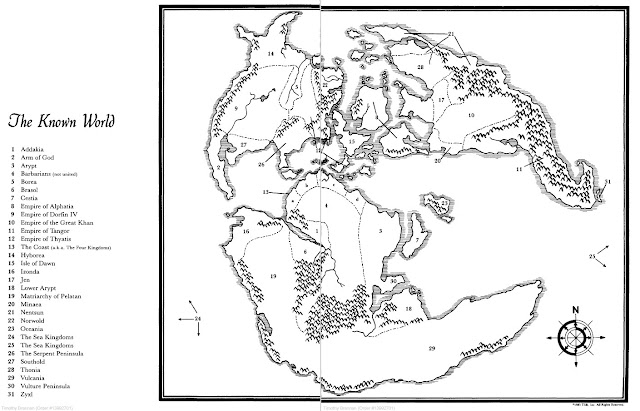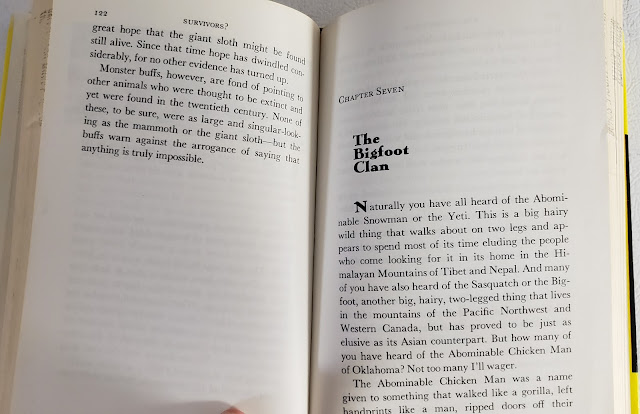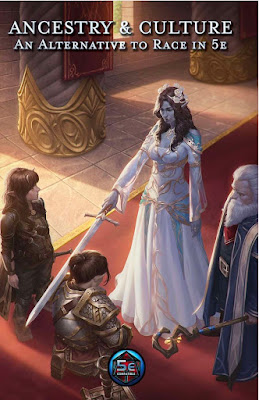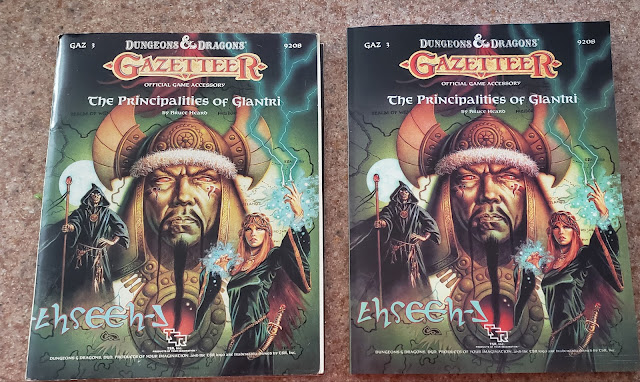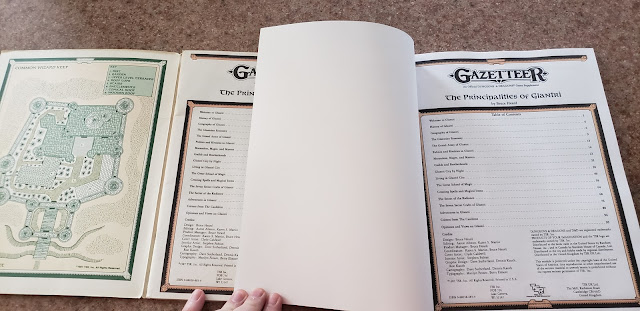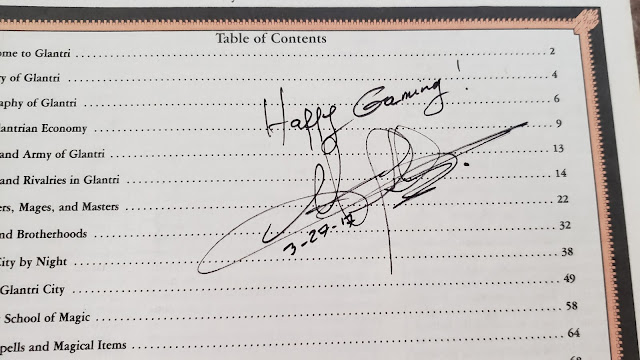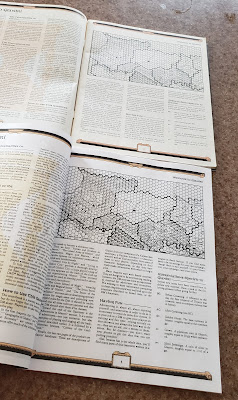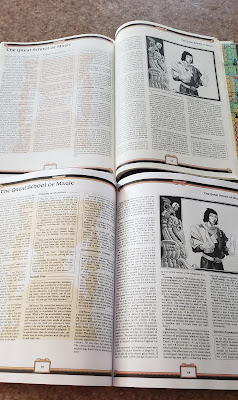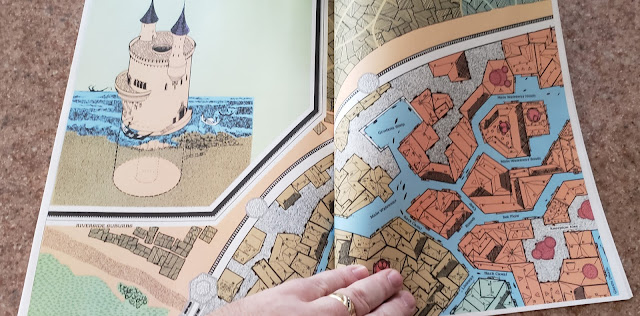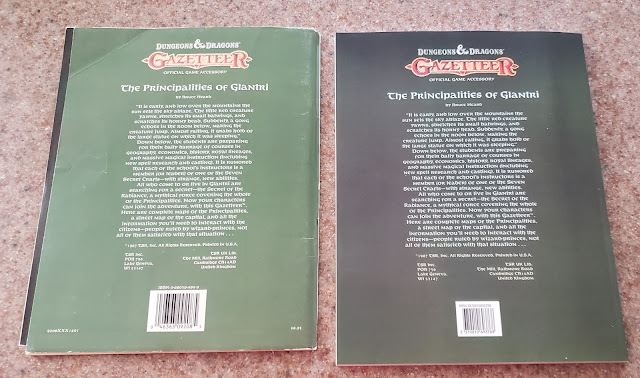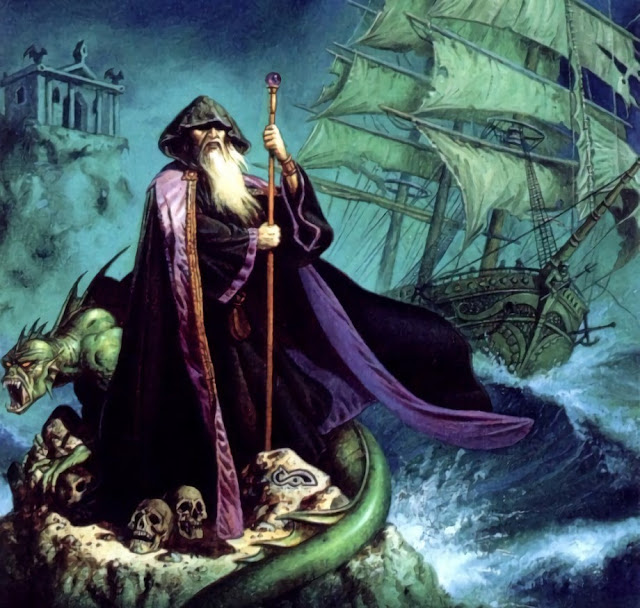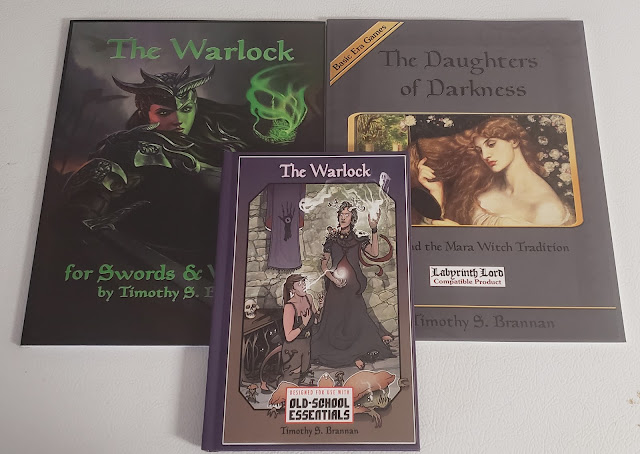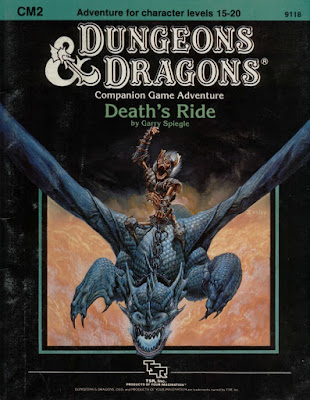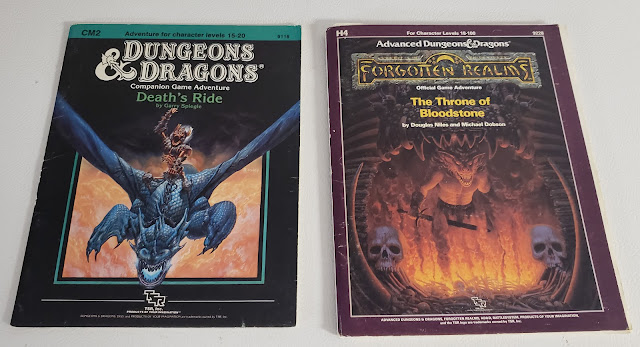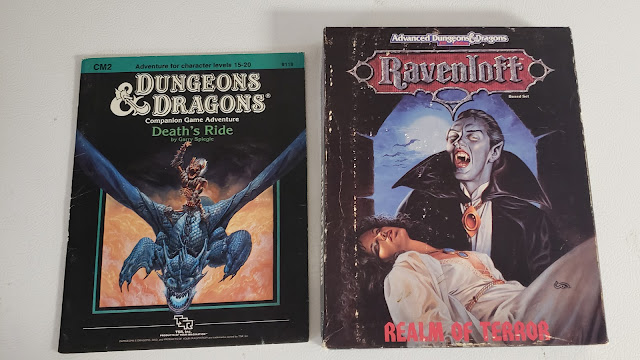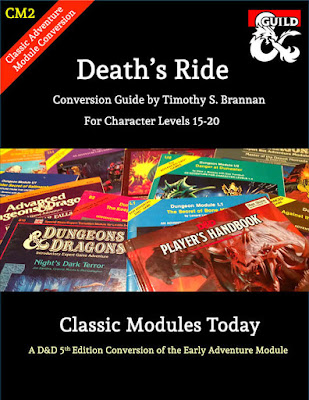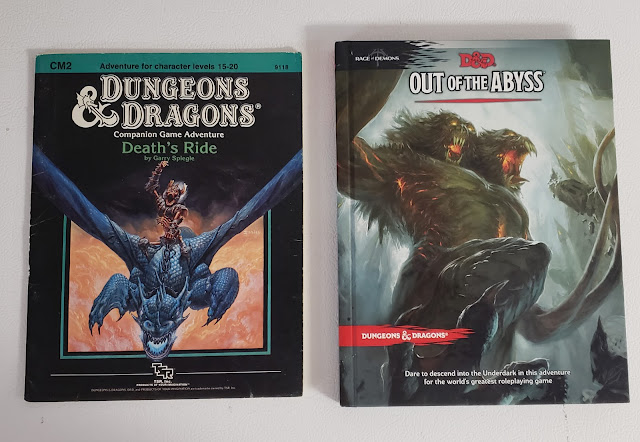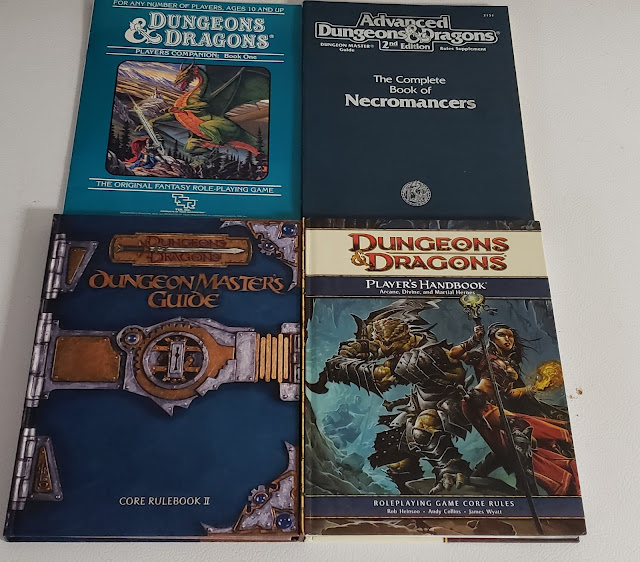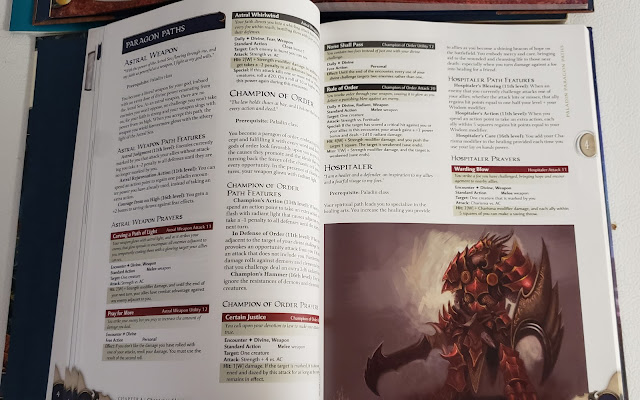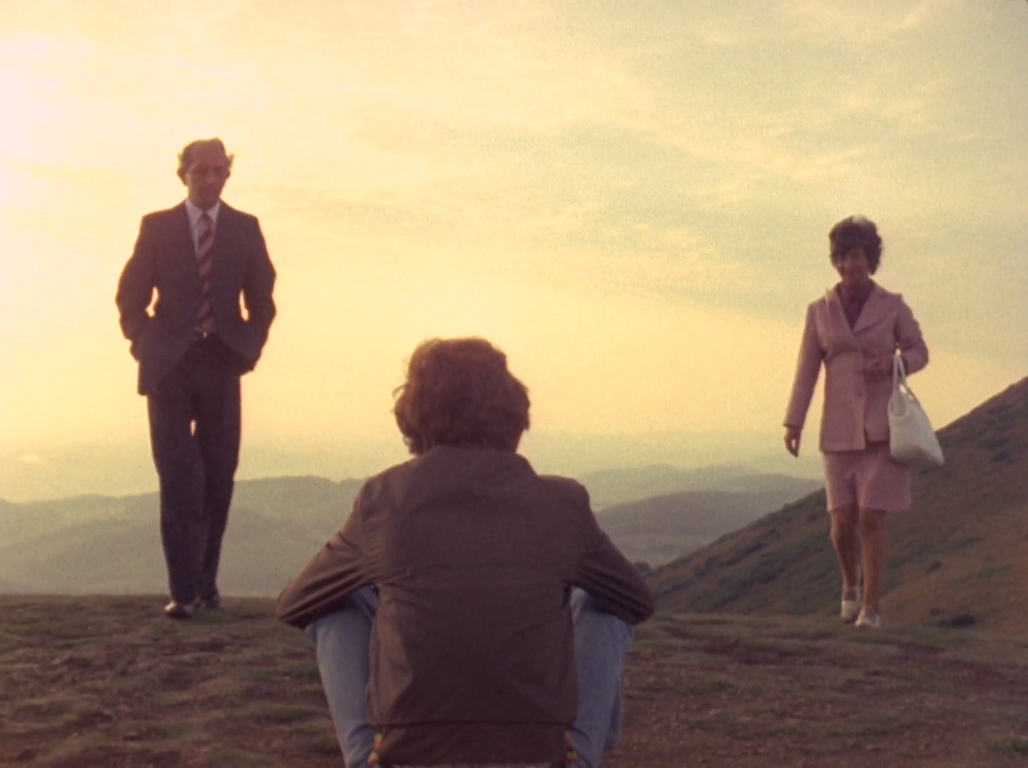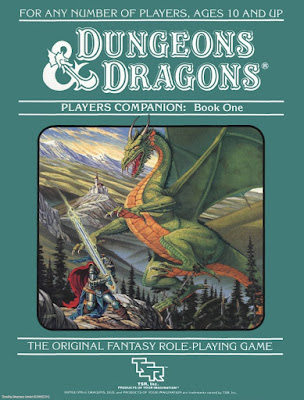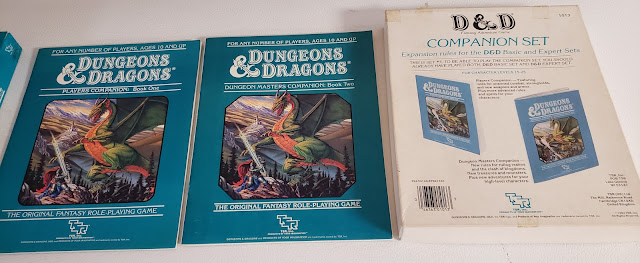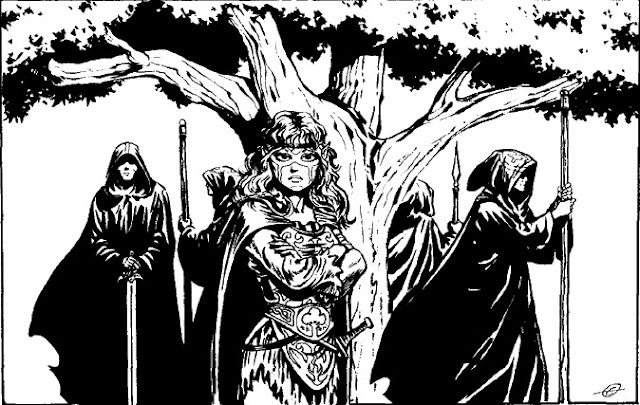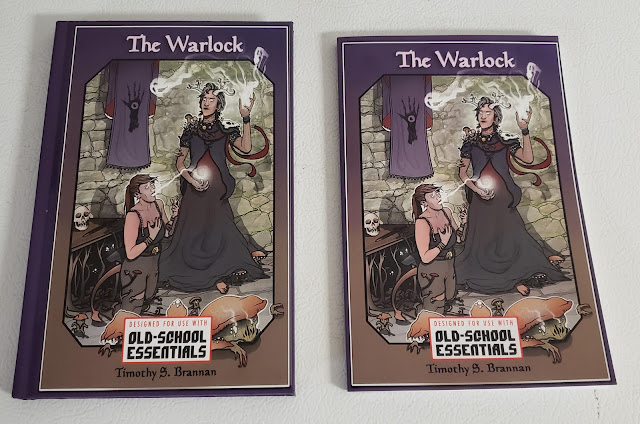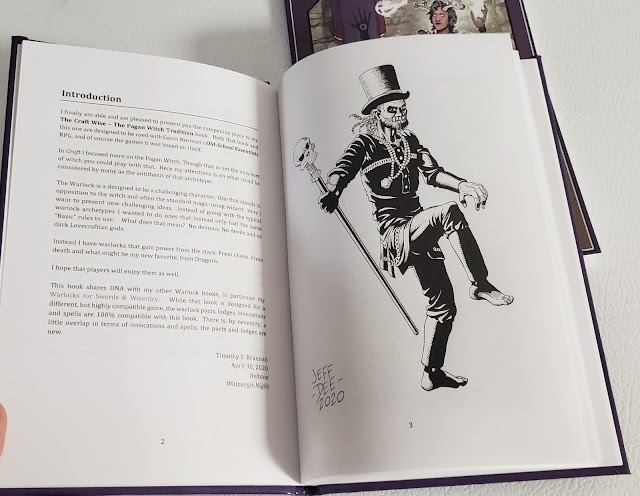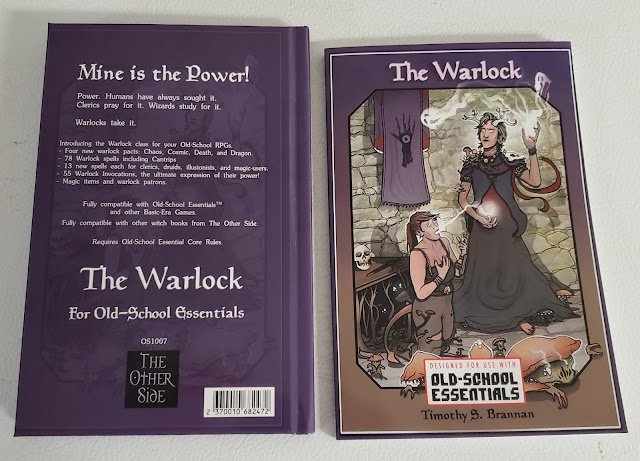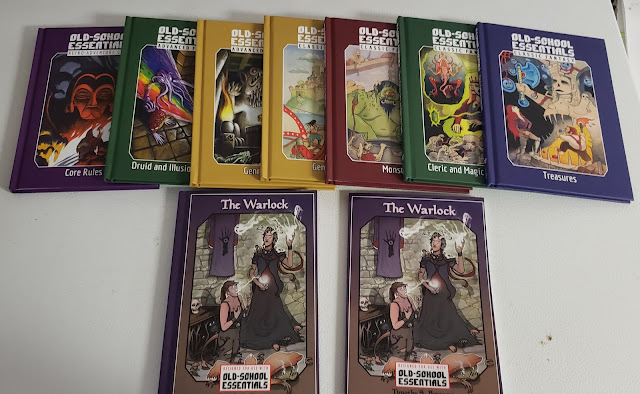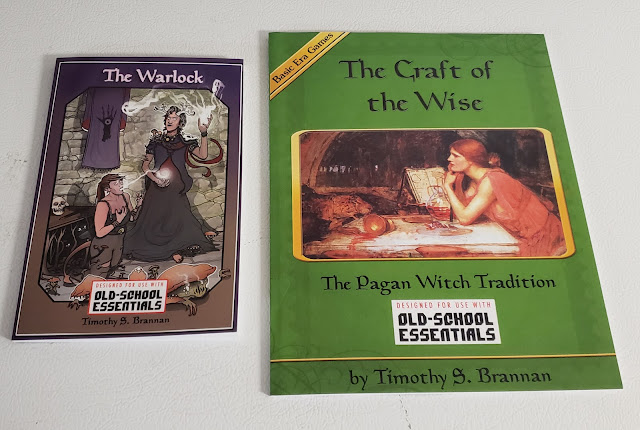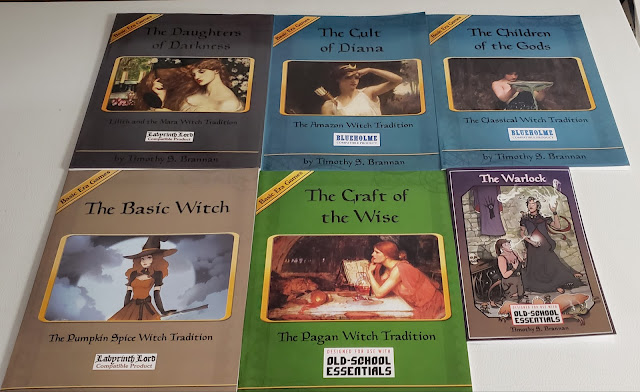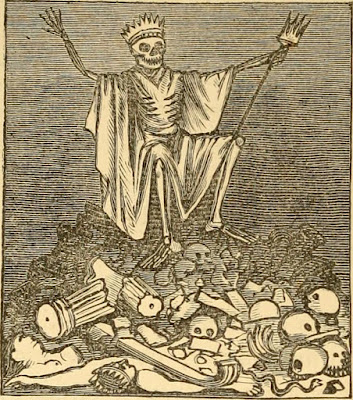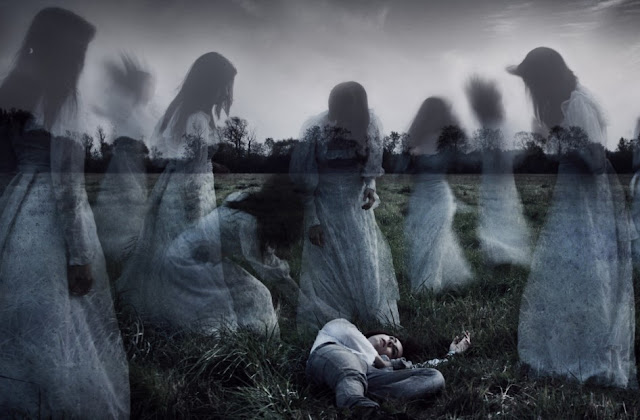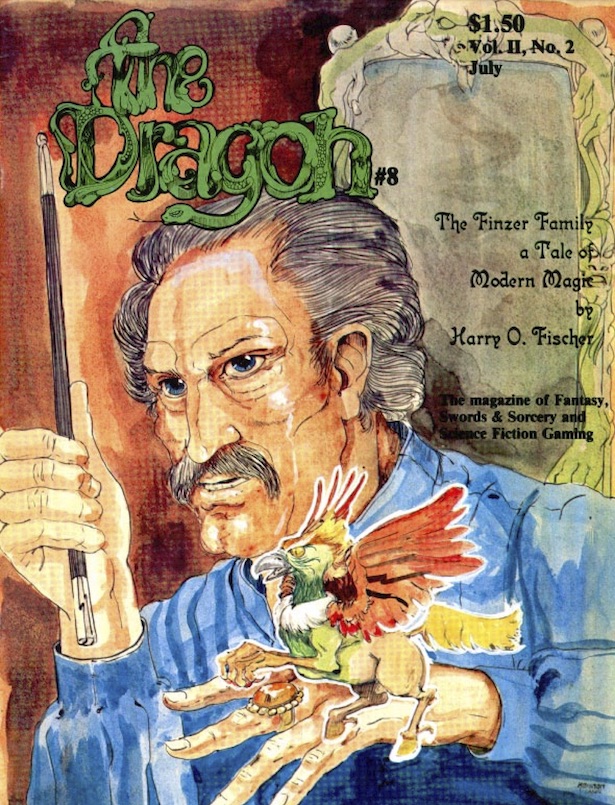Cottage Cosmos: Alan Jefferson’s ‘Galactic Nightmare’
Richard McKenna / June 23, 2020

Bear with me, because this might get a bit rambling: the way I see it, in a healthy world, not only would we have in hand the levers of the factories, we’d also have the tools for our own artistic fulfillment. And to anyone saying that the tools are there for the buying if you just toil away at the grindstone long enough, I’d reply that tools aren’t simply physical artifacts. Tools are also time, the mental structures like self-belief, the very idea of art as something worthwhile—all of which are etched upon your cerebral cortex by your environment and your upbringing. It isn’t just because we can’t afford brushes that most of us don’t become artists—though for plenty that actually is the reason—it’s because if we do have spare time, we’ve often been trained to feel that art and creativity are not worthwhile ways of using it.
None of this is helped by the establishment’s ongoing drive to turn the clock back to 1902 and formalize creativity into a narrow set of structures accessible only to the wealthy or those the wealthy choose to sponsor. We’re trained to consume their creativity instead of employing our own, so that our “betters” get the structures, spotlight, and funding to follow their muses while our own muses are left moldering in our heads. I don’t mean by this that each of us is necessarily a budding Mozart; I mean that art shouldn’t only be in the hands of those the establishment decides are budding Mozarts—and that Mozarts are in any case an unhealthy metric for judging the value of creativity.
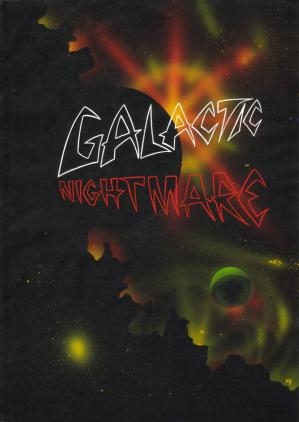
The front page of the Galactic Nightmare story file
Yet, despite all that, fully-formed miniature Mozarts do sometimes appear and seize the tools of creativity for themselves—occasionally at the helms of gleaming spacecraft decked out with banks of pulsing synthesizers. Such is the case of Alan Jefferson, the self-taught polymath behind Galactic Nightmare.
I appreciate that this is a roundabout and slightly bombastic way to start an article about an alien war rock opera concept album made partly in a bedroom in Hull, but Galactic Nightmare deserves flights of rhetoric. Composed, written, played, sung, recorded, and illustrated almost in its entirety by one young Yorkshireman, it tells the tale of how computer expert Doctor Larson discovers a series of extraterrestrial transmissions describing an attack on the inhabitants of planet Zeon by a race known as the Immortals, who plan on using them as cell donors for the serum that gives them their longevity. The Zeons eventually win out, but Galactic Nightmare ends with a newsflash warning that the Immortals are beginning their invasion of Earth.
I don’t know how many of you have been walking around for years with vastly detailed imaginary worlds inside your heads—I know I have—but listening to Galactic Nightmare feels like watching somebody’s head split open, their imaginary world bursting out in full laser-lit, synth-blasting glory: an effect only made more intense by the lovely artwork Alan himself created to illustrate it.
“[I] worked as a milk man on my father’s milk round at Featherstone for a short time before leaving to attend Wakefield Art College when I was 17, where I completed a three year graphic design course,” says Alan. “I left to find there were no jobs for graphic designers without experience and ended up as a corrugated box designer.” After a year of low-paid work in said box design, and a period of low-paid greeting card illustration, he decided to pack it in and go freelance.
Together with a love of art, Alan had long nurtured an interest in recording and making music, becoming involved in it, like many kids, by taping songs from the radio and TV: “I had a reel-to-reel tape recorder when I was 13 and used to tape singles from Top of the Pops with the microphone attached to the TV speaker grill. So I had always been interested in listening and recording music from a young age, but as for playing, that came much later… I was more interested in drawing, making my own SF comic books, and playing football and cricket in the school teams.”

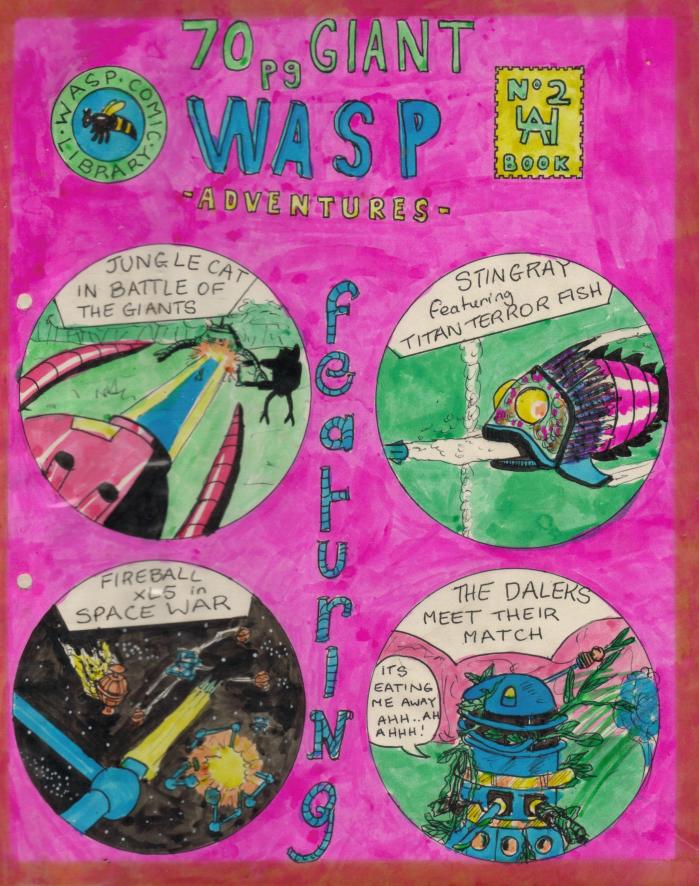

A few examples of Alan’s homemade comics
Alan had been a science-fiction fan since he was a child, drawing his own comics inspired by the strips in the Gerry Anderson TV21 comic and The Eagle, his brightly-colored imagery revealing a vivid personal aesthetic that would later erupt in the artwork for Galactic Nightmare. “The First SF film that inspired me as a child was Voyage to the Bottom of the Sea,” Alan recounts, “[then at] art college, The Omega Man, Planet of the Apes and 2001: A Space Odyssey… and This Island Earth.” With its glowing, unearthly palette and wars on distant planets, it’s perhaps the mood of this last film that Galactic Nightmare most evokes.
Alan’s interest in music led to him working his way up from a tiny squeaking Stylophone to an electronic organ, upon which—inspired by things like Keith Emerson’s crazed antics in The Nice’s performance of “America” on BBC2s Old Grey Whistle Test and Uriah Heep’s performance of “July Morning” on the same program—he undertook to learn to play. “Having no formal music training—as my school had six hours of music in four years and only had kazoos to play—this was extremely ambitious, but I managed it. I then purchased a dual portable organ keyboard and Korg synthesizer and continued to learn songs by ear from records.”
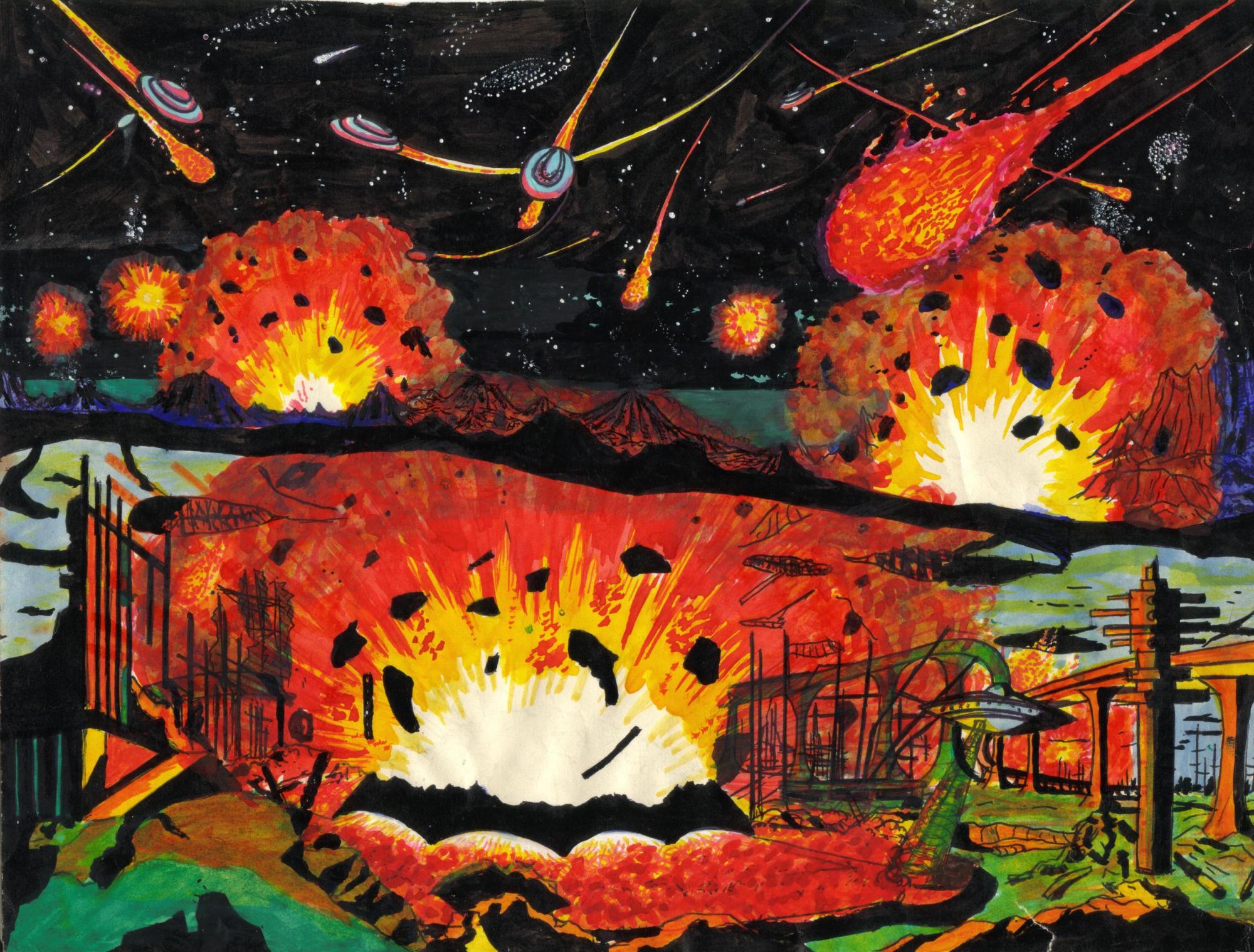
One of Alan’s youthful paintings, inspired by 1955’s This Island Earth
Alan’s art college friend Jack Stoker played guitar and had a deaf next-door neighbor that meant they could rehearse without complaints, so once a week Alan would “… pack my gear into the Mini and make my way to Garforth were we would play the songs I taught him to play. At this time I got the Mini Moog synth due to being impressed by Ken Hensley using one on stage and on records in Uriah Heep.” (And I think we can all appreciate the recursive beauty of a Mini Moog being transported around West Yorkshire inside a Mini.)
After Alan and friend had been playing together for about five years, he purchased a four track TEAC reel-to-reel recorder and mixer to do multi-track recordings, initially recording instrumental covers, laying down each sound separately on the four track and gradually overdubbing, before starting to write original songs that eventually evolved into the demo for an SF concept album influenced by Uriah Heep, Deep Purple, and Boston. Alan sent it around the record companies, but the lukewarm response was that it was not commercial enough.
In 1979, after hearing Jeff Wayne’s 1978 double-LP rock opera adaptation of H.G. Wells’ War of the Worlds, Alan decided to give the SF concept album another try, this time basing it around a narrative. “I had a title for a song called ‘Giant Metal Monsters’ which I wanted to incorporate into the story. So I developed the story around that. In order to be different from H.G. Wells’s ‘War of the Worlds’, I placed my story of alien invasion on another planet with alien beings. I would write the song lyrics first or fit the lyrics to the music. ‘Old and Grey’ is a prime example, where I had this chorus riff and thought of the lyrics to fit it. The whole song then developed from that riff, as did the reason for the Immortal invasion of Zeon in the story.”
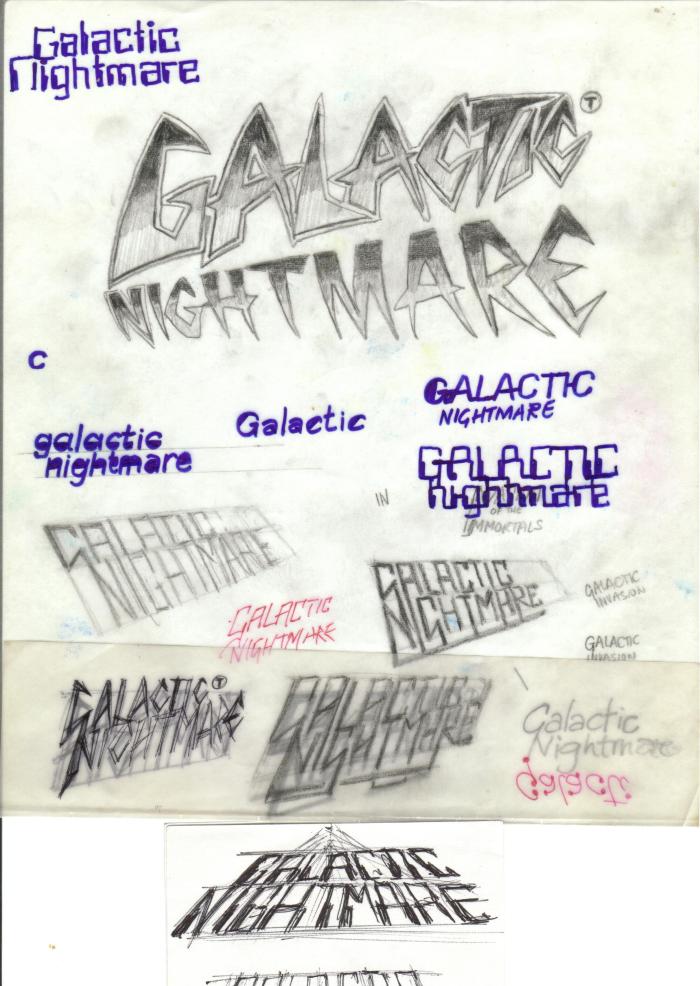


Some of Alan’s concept artwork for the Galactic Nightmare packaging
Galactic Nightmare was recorded “in fits and bursts over several years, also while recording other non-SF music” in a 12′ x 12′ room in Alan’s house near Pontefract, and completed in a bedroom in Hull using a Tascam 8 Track reel to reel recorder, Teac 4 Track reel to reel recorder, two cassette recorders, a 6×4 and a 6×2 small mixers, Great British Spring Reverb, Electric Mistress flanger, phaser/distortion/ noise gate pedals, Hammond C3 organ with a Yamaha amp/rotating speaker, a Grant Stratocaster copy, AKG/Sennheiser mics, and Paiste hi-hat and crash symbols.
“The complexity of recording all the sounds individually—in real time, no sequencers then—was extremely time consuming,” says Alan. “Frustratingly, there were also the problems of equipment reliability in those days. For example, the Mini Moog was an expensive synth that needed new keys after six months as they were always wearing out! If I had stuck knives in them as Keith Emerson did in his Hammond organ you could understand it.” In fact, the creation of Galactic Nightmare was at times an actually physically dangerous process. “While I was rewinding the Tascam 8-track recorder, another very expensive machine, one of the large eight and a half inch tape reels flew across the room—very dangerous! It was only held on by two small aluminum nuts.”
The process was grueling in other ways, too. “Mixing down was a nightmare, as you needed four hands on the faders to mix all the sounds from the eight track, four track echo, spring reverb, and cassette deck. We had moved back to Hull again so there was only myself to do it. I ended up mixing down a lot of the tracks in sections down on to the four track and then splicing them together with splicing tape. Many splices had to be redone so you didn’t notice the joins,” says Alan. “Now on computers you can have all these things automated apart from joining tracks. But that is also easier to do on the computer.”
In 1985, six years after he’d begun it, Galactic Nightmare was finished. But the record companies’ cool reception to the demo cassette he sent them—together with a 17-page story file, including lyrics and illustrations—convinced Alan to take matters into his own hands. “Rather than waste my efforts, I made improvements to Galactic Nightmare, including re-recording a different beginning and ending, and decided to release version two myself on vinyl LPs. I designed and illustrated an LP cover using updated illustrations from the story file showing elements of the story, hopefully to get people interested in the musical.”

Releasing it on LP proved prohibitively expensive, so Alan opted for a cassette version that would be accompanied by an A2 poster of the cover art and four-page story file. He placed ads in several magazines, but unfortunately his DIY advertising offensive proved unsuccessful, perhaps victim to the mood of the day—consumer tastes were shifting from small-scale experiment to large-scale bombast, and the country’s various cottage industries were rapidly being marginalized. Alan made a second attempt to spark some interest from UK record companies: “[I] got some nice replies, including one from Sir Tim Rice who found it interesting. Stephen Garrett of Channel 4 urged me to turn it into a stage play. Lucas films and Spielberg films returned everything unread/unheard!”
It took thirty years for Galactic Nightmare to get a proper release. Though its initial appearance hadn’t been the success Alan had hoped, pervasive memories of those strange adverts and the few copies that had circulated gradually accumulated a strange momentum of their own over the decades, and in 2015 Trunk Records released a limited edition Galactic Nightmare double LP. The different format meant editing the the original cassette’s 98 minutes down to 88 minutes to fit four sides, and though not one to shy away from daunting undertakings—as the entire story so far should indicate—Alan admits that “[it] was a nightmare to do, even using computer sequencer software.”
This, then, is the story of Galactic Nightmare—a hand-crafted cosmic odyssey whose vast scope ranges between esoteric locales as disparate as Zeon and Mythmolroyd. It remains a stunning DIY chef d’oeuvre, and Alan’s dedication to realizing his own personal vision over the space of years to little interest from an incurious outside world continues to be inspiring. The quality of the whole thing, from the artwork to the production to the music, completely belies its artisan genesis: in fact, perhaps the only thing that gives Galactic Nightmare‘s origins away might be Alan’s vocals—but, strangely, while I’m sure he’d be the first to admit that he might not have the pipes of a Phil Lynott or a Justin Haywood, the earnest, plaintive quality of his voice only makes the album that much more touching and human, and even more clearly the product of one person’s quest to bring to life his own riotous vision as opposed to some slick, corporate box of delights. It’s galling to think that something so unique was snubbed by record companies who were happy to throw money at forgettable “concept album” dross like the Intergalactic Touring Band.
Them’s the breaks, I suppose. Alan is now retired and considering getting involved with music and painting again—to follow along, visit the Galactic Nightmare website he has put together himself—and has also produced an enhanced version three of Galactic Nightmare that boasts two extra tracks and lasts 110 minutes. Let’s all hope that when it eventually sees the light of day, it gets the treatment and reception it deserves. I don’t know if Alan would agree with my ideas about art and creativity, but what I do know is that we should all take his example and try and make more home-produced concept rock operas about alien invasions—or whatever else—because, like Galactic Nightmare, they can only make the universe a better place.
Many thanks to Alan for very kindly agreeing to speak to us and allowing the use of his artwork, all of which is © Alan Jefferson.![]() Richard McKenna grew up in the visionary utopia of 1970s South Yorkshire and now ekes out a living among the crumbling ruins of Rome, from whence he dreams of being rescued by the Terran Trade Authority.
Richard McKenna grew up in the visionary utopia of 1970s South Yorkshire and now ekes out a living among the crumbling ruins of Rome, from whence he dreams of being rescued by the Terran Trade Authority.

